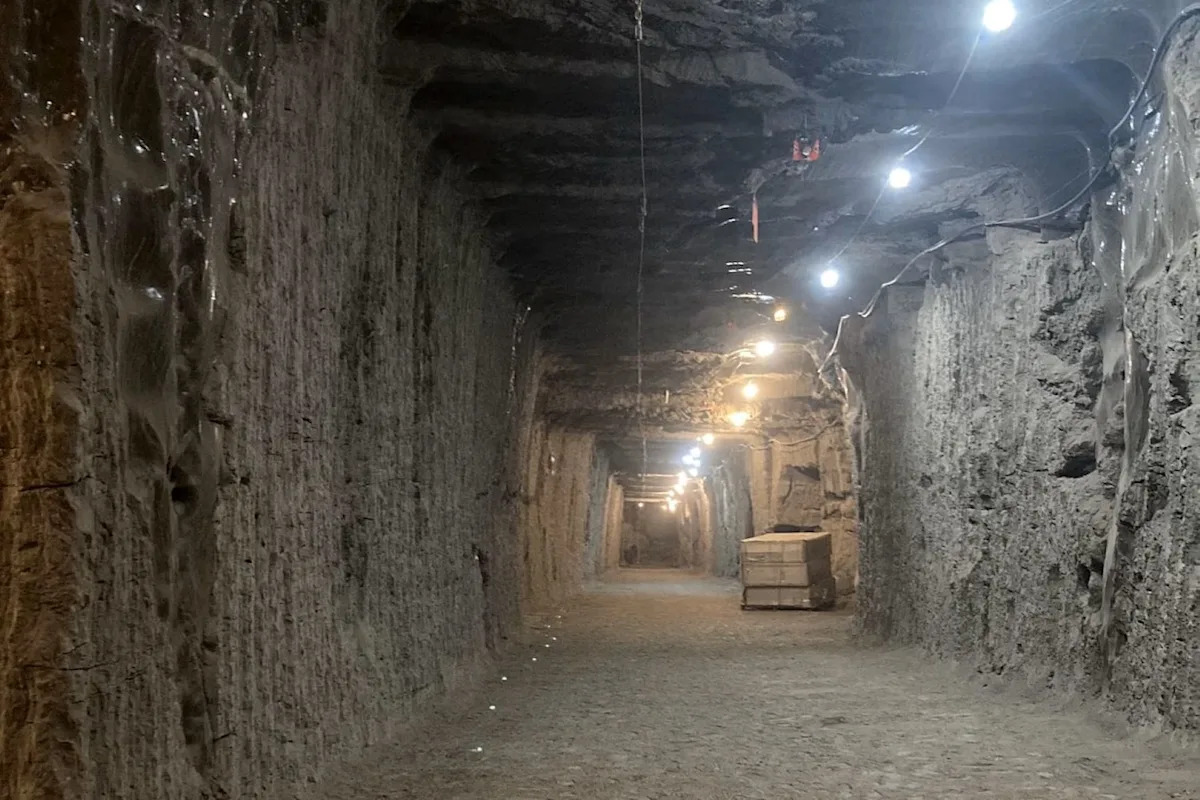Scientists have made a worrisome discovery in their exploration of Arctic sea ice in Alaska. Deep down in the Permafrost Tunnel Research Facility — a research site stretching over 350 feet long and 50 feet underground — scientists have uncovered organisms more than tens of thousands of years old.
The scientists from the University of Colorado Boulder extracted the permafrost and found the microbes within had “reawakened” and may pose a significant environmental risk, according to Discover Wildlife. Their findings were published in JGR Biogeosciences.
What’s happening?
Microbes have been preserved in Arctic permafrost dating back tens of thousands of years. Some of them originated from the last ice age. Today, with Earth’s rising global temperatures causing longer, hotter summers, permafrost is melting at an unprecedented rate, in as little as a few months.
To test the activity of the microbes, the scientists took samples of the extracted permafrost and incubated them at warmer temperatures to simulate what temperatures may be if warming continues at its current rate. At first, growth was slow, but by the six-month mark, colonies formed and growth ramped up. A thick, slimy layer called biofilm even formed, further enhancing their resilience as they come back to life.
Scientist Tristan Caro, a lead author in the study, said: “These are not dead samples by any means. They’re still very much capable of hosting robust life that can break down organic matter and release it as carbon dioxide.”
Why is melting permafrost awakening microbes important?
The reason this worries scientists is that the rapid melting of permafrost unleashes the potential for microbes to release dangerous levels of polluting gases that are causing the planet to warm.
Since permafrost contains an estimated 1.5 trillion metric tons of carbon and the remains of organisms that never decomposed, according to CU Boulder Today, the climatic impact this would have on the atmosphere could be astronomical. This increase in heat-trapping pollution would enhance the planet’s natural weather systems, resulting in more frequent weather events, rising seas, and agricultural disruptions.
Some even worry that the awakening of dormant microbes risks reviving ancient viruses that have been frozen for thousands of years.
What’s being done about the melting permafrost layer?
While this urgent matter may seem worrisome to most, it opens the door for swift action and research in order to preserve the deep permafrost layer.
The research that these scientists take part in is extremely important to help us understand the organisms that lie in the permafrost layer, and it is now more important than ever that there is much funding allocated to these researchers.
At the individual level, take part in supporting science and engaging in the research by sharing what is being uncovered and highlighting its urgency.
Join our free newsletter for weekly updates on the latest innovations improving our lives and shaping our future, and don’t miss this cool list of easy ways to help yourself while helping the planet.
First Appeared on
Source link













